In industrial manufacturing and instrument maintenance, you’ll see many abbreviations for valves. It’s important for engineers, maintenance people, and students to know these abbreviations because you’ll see them in diagrams, documents, and operating instructions. In this article, our THINKTANK engineers will introduce you to some common valve abbreviations and their full names so you can better understand and use them.
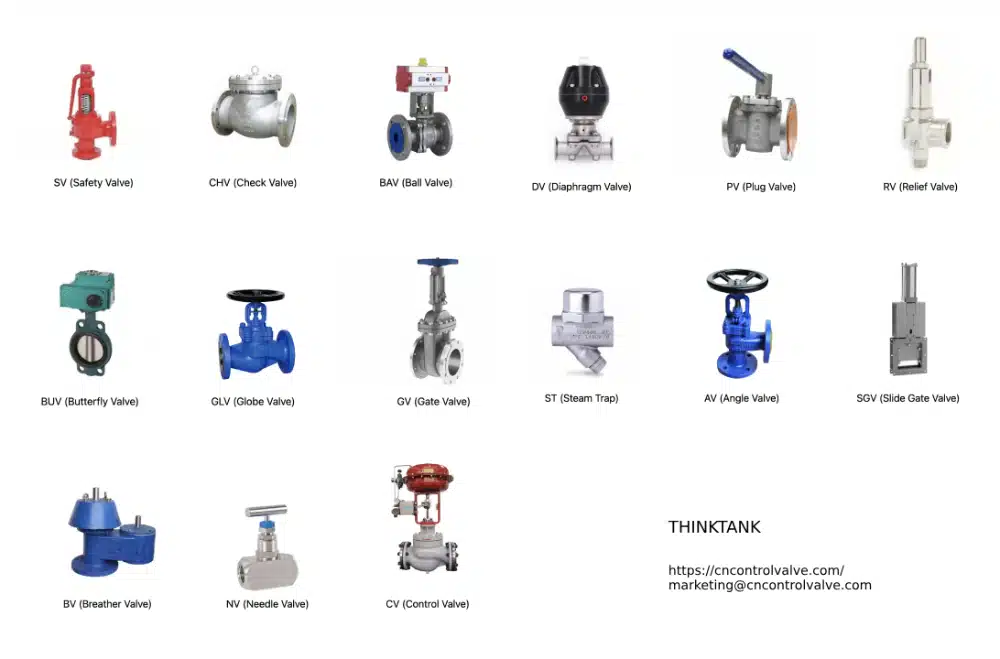
SV (Safety Valve)
SV stands for Safety Valve. It’s a critical component that protects equipment from overpressure hazards. When the system pressure exceeds a preset value, the safety valve automatically opens to release the excess pressure. This prevents damage to the equipment or danger to people.

CHV (Check Valve)
CHV stands for Check Valve. It allows fluid to flow in only one direction and prevents backflow. It’s critical to protect pipeline systems from potential damage caused by reverse flow.
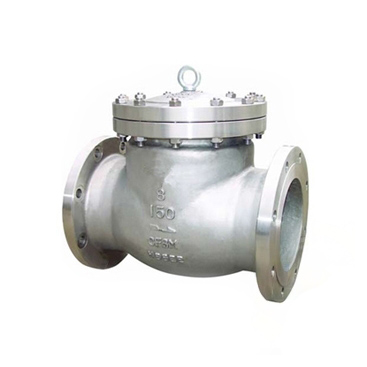
BAV (Ball Valve)
BAV stands for Ball Valve. A ball valve controls fluid flow by rotating an internal ball. It’s great for systems that need quick on/off operation.
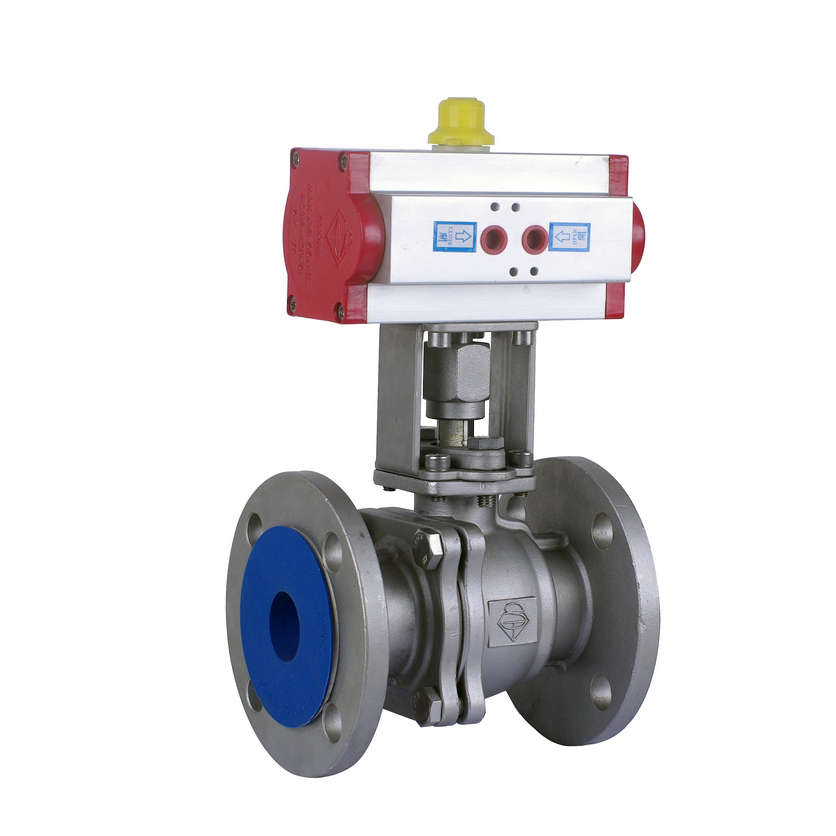
BUV (Butterfly Valve)
BUV stands for Butterfly Valve, known for its compact design, suitable for large-diameter pipelines. It regulates fluid flow by rotating a disc inside the valve.
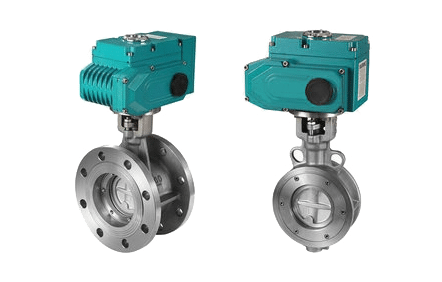
GLV (Globe Valve)
GLV is short for Globe Valve, which controls fluid flow through a movable plug. It’s commonly used in systems where precise flow control is necessary.

GV (Gate Valve)
GV stands for Gate Valve. It controls fluid flow by raising or lowering a gate. It’s great for applications that require complete shutoff.

DV (Diaphragm Valve)
DV stands for Diaphragm Valve. It controls fluid flow by moving a flexible diaphragm. It’s often used in pipelines carrying corrosive media.

PV (Plug Valve)
PV stands for Plug Valve. It controls fluid flow by rotating a cylindrical or conical plug. It’s great for situations that need quick on/off operation.
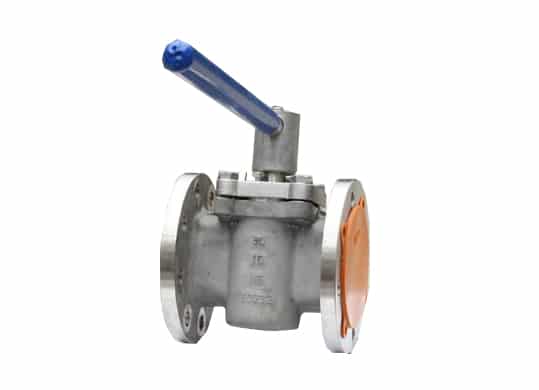
RV (Relief Valve)
RV stands for Relief Valve. It’s similar to a safety valve, but you typically use it in liquid systems to prevent overpressure.
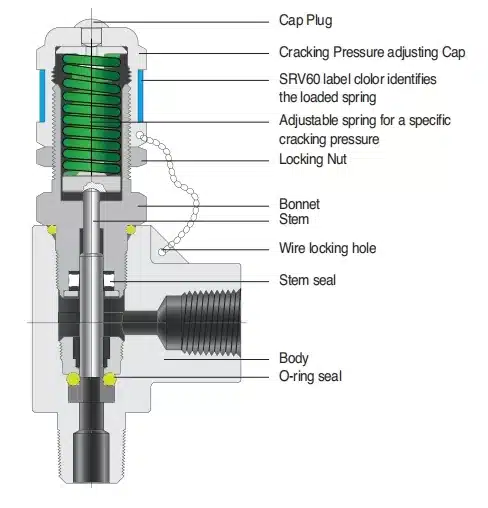
ST (Steam Trap)
ST stands for Steam Trap. You use a steam trap in steam systems to remove condensate (water) without allowing the steam to escape. This is important to maintain system efficiency and prevent damage.
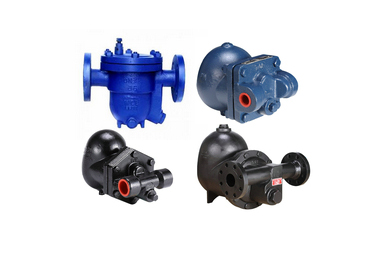
AV (Angle Valve)
AV stands for Angle Valve. You use an angle valve in pipelines where you need a 90-degree, 45-degree or other degree turn. It controls the direction and flow of the fluid.
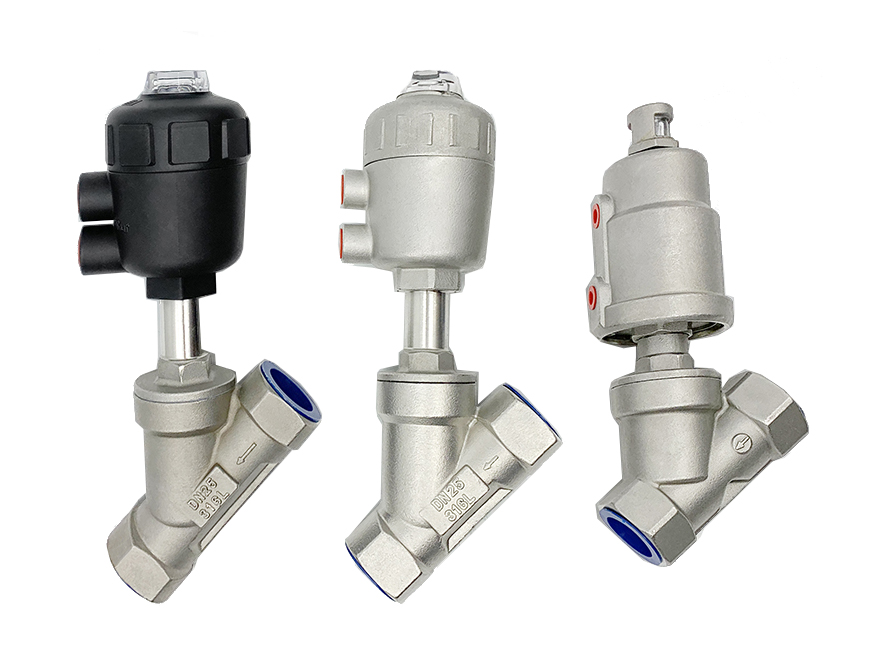
SGV (Slide Gate Valve)
SGV stands for Slide Gate Valve. It controls fluid flow by sliding a flat plate. It’s great for transporting solid particle media.
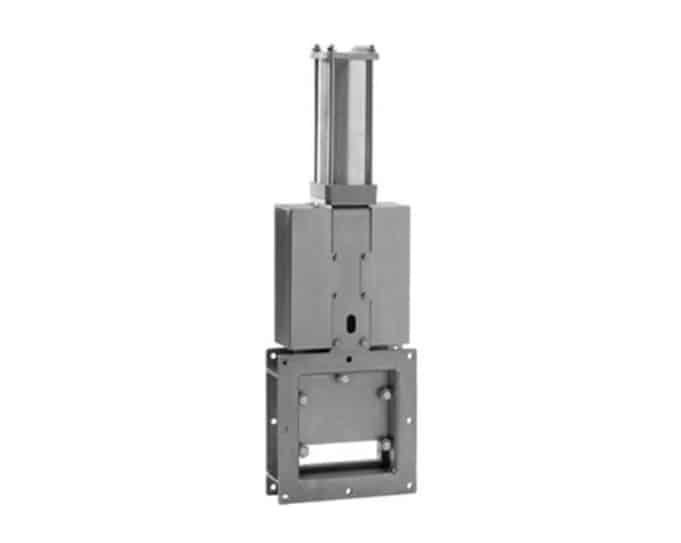
BV (Breather Valve)
BV stands for Breather Valve. You use a breather valve on tanks or containers to maintain internal pressure balance and prevent pressure differentials caused by temperature changes.


NV (Needle Valve)
NV stands for Needle Valve. It has a small needle-like control element. It’s great for precise fluid flow control in small-diameter systems.
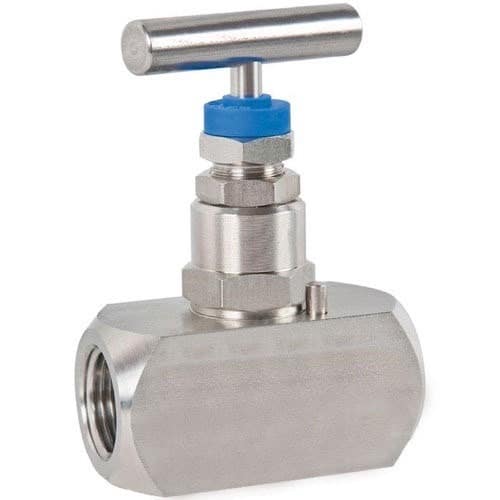
CV (Control Valve)
CV stands for Control Valve. You use a control valve to regulate fluid pressure, flow, or temperature. It’s very common in automated control systems.
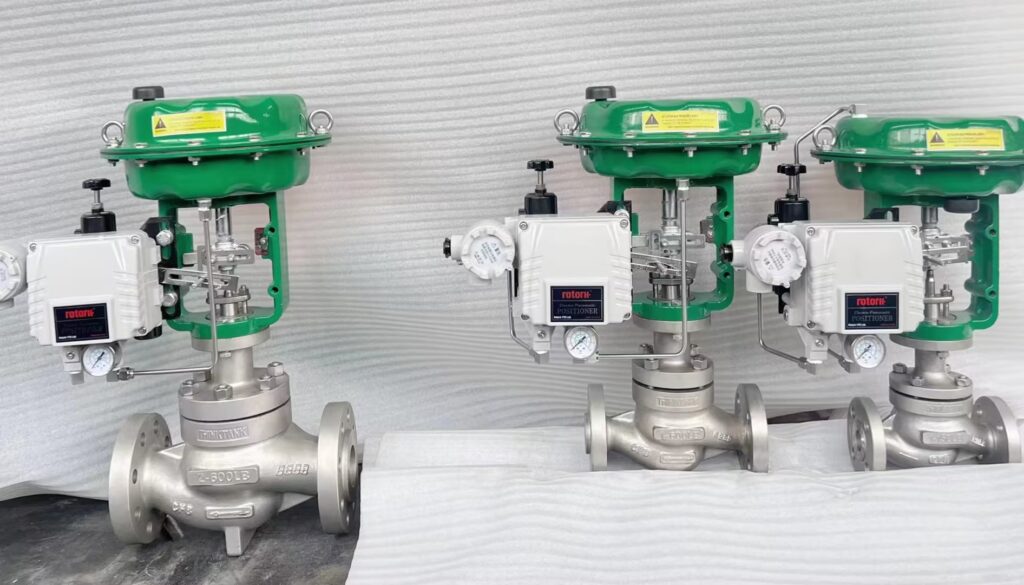
Conclusion
Mastering valve abbreviations not only helps you understand engineering drawings, but it also makes you more efficient and safe in your work. Whether you’re an engineer, maintenance person, or a student, you need to know these abbreviations to get through your day.





